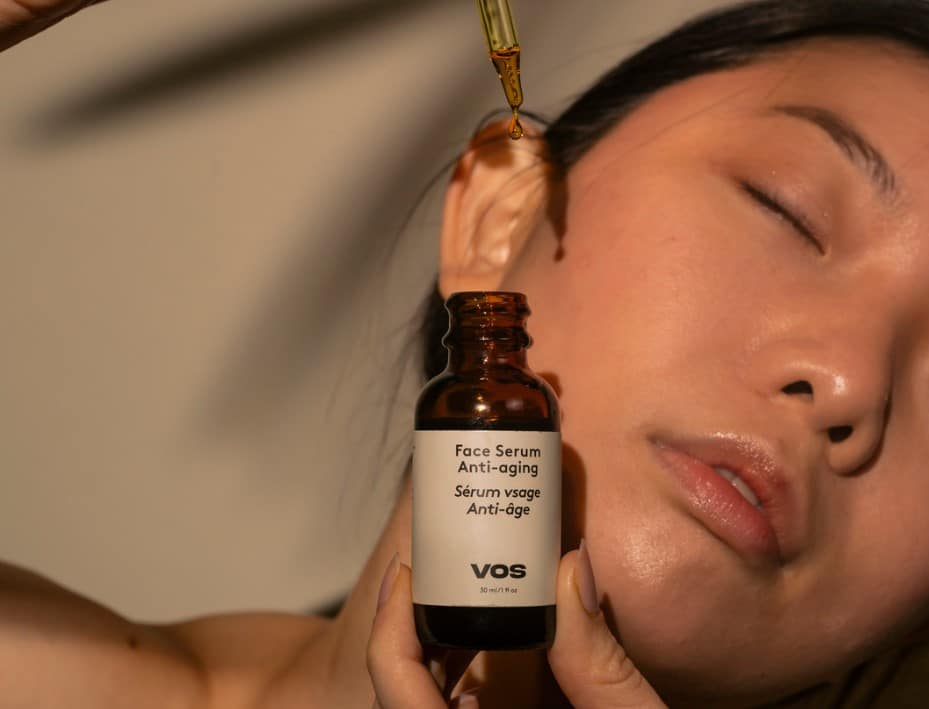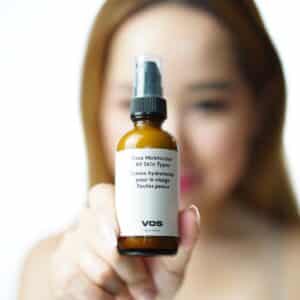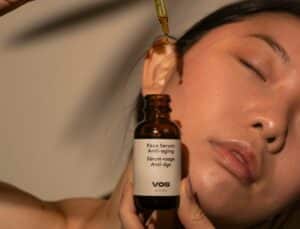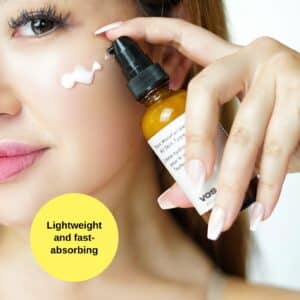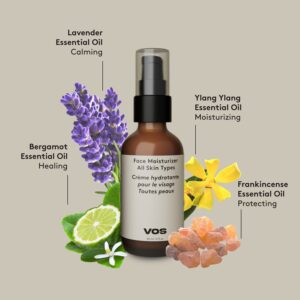In the world of skincare, you’ve probably come across face serums and moisturizers as essential components of a proper skincare routine. But have you ever wondered which one is better for your skin face serum or moisturizer? Both have their unique benefits, but they serve different purposes in the skin’s health and appearance. This comprehensive guide will dive deep into these two skincare staples, comparing them, discussing their benefits, and helping you decide which one works best for your needs.
What is a Face Serum?
A face serum is a lightweight, fast-absorbing product that contains a concentrated amount of active ingredients. These ingredients are designed to address specific skin concerns, such as wrinkles, pigmentation, dullness, or acne. The high concentration of active ingredients in serums means they often target deep skin layers and offer more intense treatment compared to other skincare products.
Face serums are usually water-based or oil-based and tend to have a thin, almost watery consistency. Because of their lightweight nature, serums can penetrate deeper into the skin, delivering the active ingredients more efficiently.

Key Benefits of Face Serums
- Targeted Treatment: Face serums are formulated to target specific skin issues like fine lines, dark spots, or acne. Whether you’re looking to brighten your complexion or reduce the appearance of wrinkles, there’s a serum tailored to address your needs.
- Fast Absorption: Due to their lightweight consistency, serums absorb quickly into the skin, delivering nutrients directly to the deeper layers.
- High Concentration of Active Ingredients: The high concentration of vitamins, antioxidants, peptides, and other active ingredients make serums effective for targeting skin problems more directly.
- Boosts Skin Health: Regular use of a face serum can help improve skin texture, reduce signs of aging, and leave the skin looking more radiant and healthy.
When to Use a Face Serum
Face serums are often used after cleansing and toning but before moisturizing. The general recommendation is to apply serum to clean, dry skin, allowing it to absorb fully before applying a moisturizer. Some people opt for a serum in their morning routine, while others prefer it at night. Depending on your serum, it can also be layered with other products, such as a retinol cream or spot treatment, for enhanced results.
Face Serum vs Moisturizer: What’s the Difference?
Now that we’ve explored both face serums and moisturizers individually, let’s take a closer look at how they differ from each other.
Purpose
- Face Serums are designed for specific skincare concerns. They contain concentrated ingredients that target particular issues like dark spots, fine lines, or acne.
- Moisturizers focus on hydrating and protecting the skin. Their main purpose is to keep the skin hydrated and create a barrier against environmental damage.
Texture and Consistency
- Face Serums are typically lightweight and thin, often water-based or oil-based, allowing them to penetrate the skin more deeply.
- Moisturizers tend to have a thicker texture. They come in creams, lotions, or gels, and are formulated to stay on the surface to create a moisture-locking barrier.
Active Ingredients
- Face Serums are rich in active ingredients like antioxidants, peptides, vitamins (like vitamin C), and acids (like hyaluronic acid or retinol). These ingredients target skin concerns and offer more intense treatments.
- Moisturizers contain hydrating ingredients like glycerin, ceramides, and oils. They may also include ingredients like sunscreen or soothing agents, but their primary purpose is to moisturize the skin.
Application Order
- Face Serums should be applied after cleansing and toning but before moisturizing. Their light texture allows for deeper absorption.
- Moisturizers are applied after serums (if used) to lock in the hydration and active ingredients provided by the serum.
Skin Types
- Face Serums are usually suitable for all skin types, but because they address specific concerns, the right serum depends on your skin’s needs. There are serums for dry, oily, sensitive, and acne-prone skin.
- Moisturizers are also available for all skin types. Those with oily skin may prefer lightweight, gel-based moisturizers, while dry skin might benefit from thicker, cream-based formulas.
Should You Use a Face Serum or Moisturizer?
Now that you understand the differences between face serums and moisturizers, you may be wondering which one is better for your skincare routine. The answer depends on your individual skin concerns and goals.
Consider Your Skin Type
- Dry Skin: If you have dry skin, using both a serum and a moisturizer is ideal. A hydrating serum that contains hyaluronic acid or glycerin can provide deep hydration, while a rich moisturizer will lock in that moisture.
- Oily or Combination Skin: If you have oily or combination skin, you may want to use a lightweight serum that targets specific concerns (such as acne or enlarged pores) and a gel-based or non-comedogenic moisturizer.
- Sensitive Skin: For sensitive skin, a soothing serum with ingredients like chamomile or aloe vera, combined with a gentle, fragrance-free moisturizer, can help calm irritation and redness.
Targeted Skincare Goals
- If your goal is to address a particular skin concern, such as fine lines, dark spots, or acne, a face serum may be the better choice for you. Serums can help tackle these issues more directly and efficiently.
- If you’re mainly looking to keep your skin hydrated and protect it from environmental factors, a moisturizer will be sufficient. You may also want to use both—a serum for targeted treatment and a moisturizer for overall hydration and protection.
Can You Use Both?
In many cases, the answer is yes you can use both a face serum and a moisturizer in your skincare routine. Serums provide concentrated active ingredients, while moisturizers hydrate and protect the skin. When used together, they can complement each other for an effective skincare routine.
Here’s how you can incorporate both into your routine:
- Cleanse your face with a gentle cleanser.
- Tone your skin (if you use a toner).
- Apply the face serum of your choice, targeting specific skin concerns.
- Follow up with a moisturizer to lock in hydration and protect your skin.
Using both products may give you more well-rounded results, especially if you have multiple skincare concerns.
Final Thoughts:
Both face serums and moisturizers are essential in a complete skincare routine, but they serve different purposes. If you want targeted treatments for specific skin issues like acne or aging, a face serum is the way to go. If your primary concern is hydration and protection from environmental factors, a moisturizer is key.
Ultimately, the best approach might be to use both in tandem. The combination of concentrated serum treatments and deep hydration from moisturizers can help you achieve healthy, glowing skin.
When selecting products, always choose based on your skin type, concerns, and the ingredients that work best for your needs. By understanding how these products differ and how they can complement each other, you can build a skincare routine that addresses your skin’s specific requirements.
